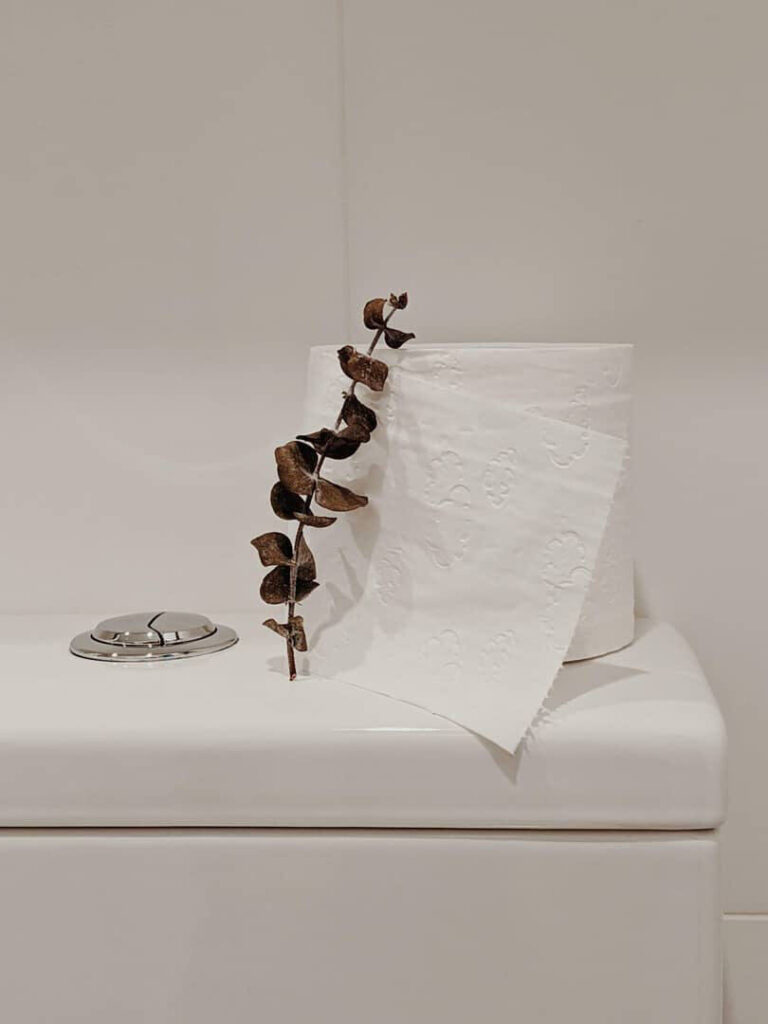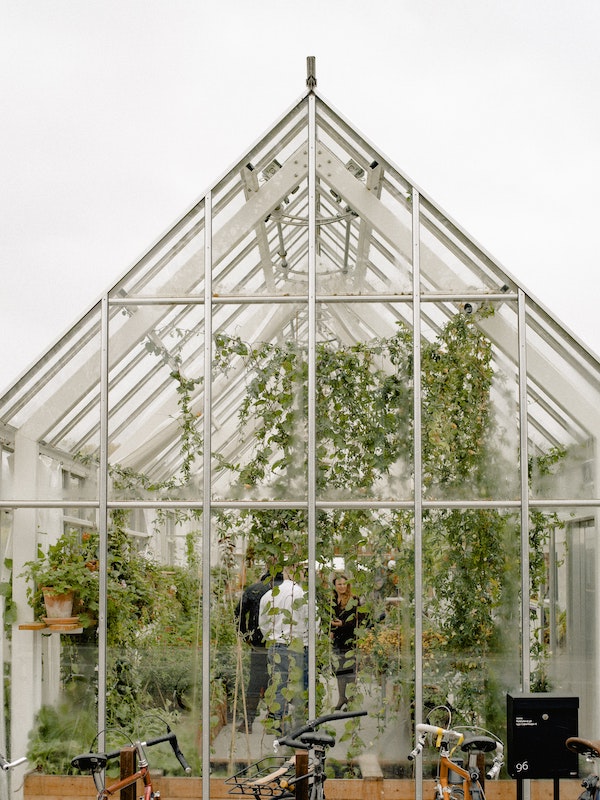Some industries — like the fashion industry — use much more water than others. Nonetheless, every business uses water in some capacity. Here we’ll discuss why companies should care about minimizing their water usage and how to do it.
Why should companies reduce their water usage?
The Carbon Disclosure Project found “two-thirds of the world’s largest companies report exposure to water-related risk that could generate a substantive change in their business, operations or revenue.” As risks related to freshwater shortage grow, companies need to pivot and prepare by reducing their water footprint and dependency.
Recent water crises like the one in Texas are raising concerns about water usage for conscious consumers. They are increasingly on the lookout to reduce their water usage (along with their carbon footprint). As such, companies minimizing their water footprint reinforces their brand’s sustainability commitment.

Ways to reduce water usage
According to RESET, “water use is growing at twice the rate of population growth.” To minimize water usage, companies first need to track where they are at. By knowing how much water they use and where most of it is used, businesses can start creating strategies and plans to reduce their water footprint. After companies collect the necessary data to find their baseline, here are strategies to conserve water:
Supply chain
- Make agreements with specific standards with suppliers or find a different supplier
- Improve transparency by setting quantitative reduction targets, getting third-party certifications, and reporting your water footprint
- Survey suppliers and ask questions like what is the total water use of the products they produce
@h2ospodar
Operations
- Detect and fix leaking pipes, fixtures, appliances, and equipment
- Install low flow, WaterSense, or ENERGY STAR appliances
- Raise A/C units by 1-2 degrees as some air conditioning units consume a lot of water
Community Outreach
- Educate and engage employees in water-efficiency efforts, and encourage them to adopt similar practices at home
- Partner with community members and local organizations to conduct projects that improve water use
Irrigation
- Reduce outdoor water use by creating a landscape that integrates native plants or other drought-resistant plants
- Use leftover drinking water to irrigate indoor plants
Conserve water by industry
Fashion
The fashion industry uses enough water to quench the thirst of 110 million people for an entire year. Fashion companies can reduce their water usage by working with manufacturers that recycle or reuse water. Furthermore, find partners who reduced or removed water use from dyeing, stone-washing, and finishing processes.
Levi’s found in a jeans lifecycle assessment that 49% of water consumption occurs in cotton production, while 45% occurs after consumers bring the product home. Providing clear care instructions to consumers can reduce water and energy usage.
Clean beauty
“Consumers are becoming more conscious, especially in terms of their environmental impact. This means they are looking for solutions beyond just sustainable packaging, which is encouraging the industry to innovate their product formulas,” says Pooja Ganesan, Founder and CEO of booni doon.
Many skincare products have water listed as their first ingredient, meaning water is the formula’s leading component. “Water is such a limited resource, with billions of people globally facing water scarcity,” she continues, “The issue with water usage in the beauty industry is threefold: ingredients in beauty products may use a large amount of water during cultivation and processing; water, when used as a primary ingredient, does not provide much value to the skin and is often utilized as a cheap filler; and finally, water in products makes them heavier, and therefore have an increased carbon footprint during shipping.”
To reduce water usage in the production stage, booni doon uses sustainably farmed or organic ingredients. Pooja found, “These farming techniques tend to be more conscious of their water footprint, and organic farms should not use pesticides or chemicals that can pollute waterways.”
 Pooja explains, “When formulating our CALM cleansing capsules (which is a waterless formulation), we found that there are additional benefits. Our customers have often commented that waterless formulations enhance the nature of the product, as the products allow for customization and can be used as a ‘booster’ to be combined with other products.”
Pooja explains, “When formulating our CALM cleansing capsules (which is a waterless formulation), we found that there are additional benefits. Our customers have often commented that waterless formulations enhance the nature of the product, as the products allow for customization and can be used as a ‘booster’ to be combined with other products.”
Even though waterless products are exciting, it’s understandable that not every beauty company will take that route. So another viable option to reduce your water usage would be to look at the packaging. Solid products like bar soap with limited packaging have smaller water footprints. “In addition, try to select packaging that consists of as much recycled paper content as possible. Using recycled paper content eliminates the need for water to grow lumber and decreases the amount of water that will be used in the paper manufacturing process,” suggests Pooja.
Cannabis or Farm-to-Table

Farming typically requires a lot of water for crops to grow. Shower crops in the morning or early evening to reduce losing water from evaporation.
To reduce water consumption, Necole Hines, Founder & CEO of Faded Living (a cannabis education and events company), tells CADA, “If I were growing cannabis commercially, I’d grow in a controlled space.” She continues, “Use dehumidifiers to capture condensation and use that water to refeed your plants.”
Purchasing a moisture meter will also help measure how much water is in the soil at different depths. This way, cultivators can accurately gauge if they need to water or hold off for a few more days.
As companies grow, their product or service’s water footprint doesn’t have to too. Innovation and technology have made it possible to conserve water. But it is up to the companies to do the work and start collecting the data. From this, they can strategize for sustainable scalability and measure success.
How does your business minimize its water usage?
Comment below or DM us on Instagram @cada_consult so we can add it to the list.
After all, sustainability is only practical when the majority are in on it.

